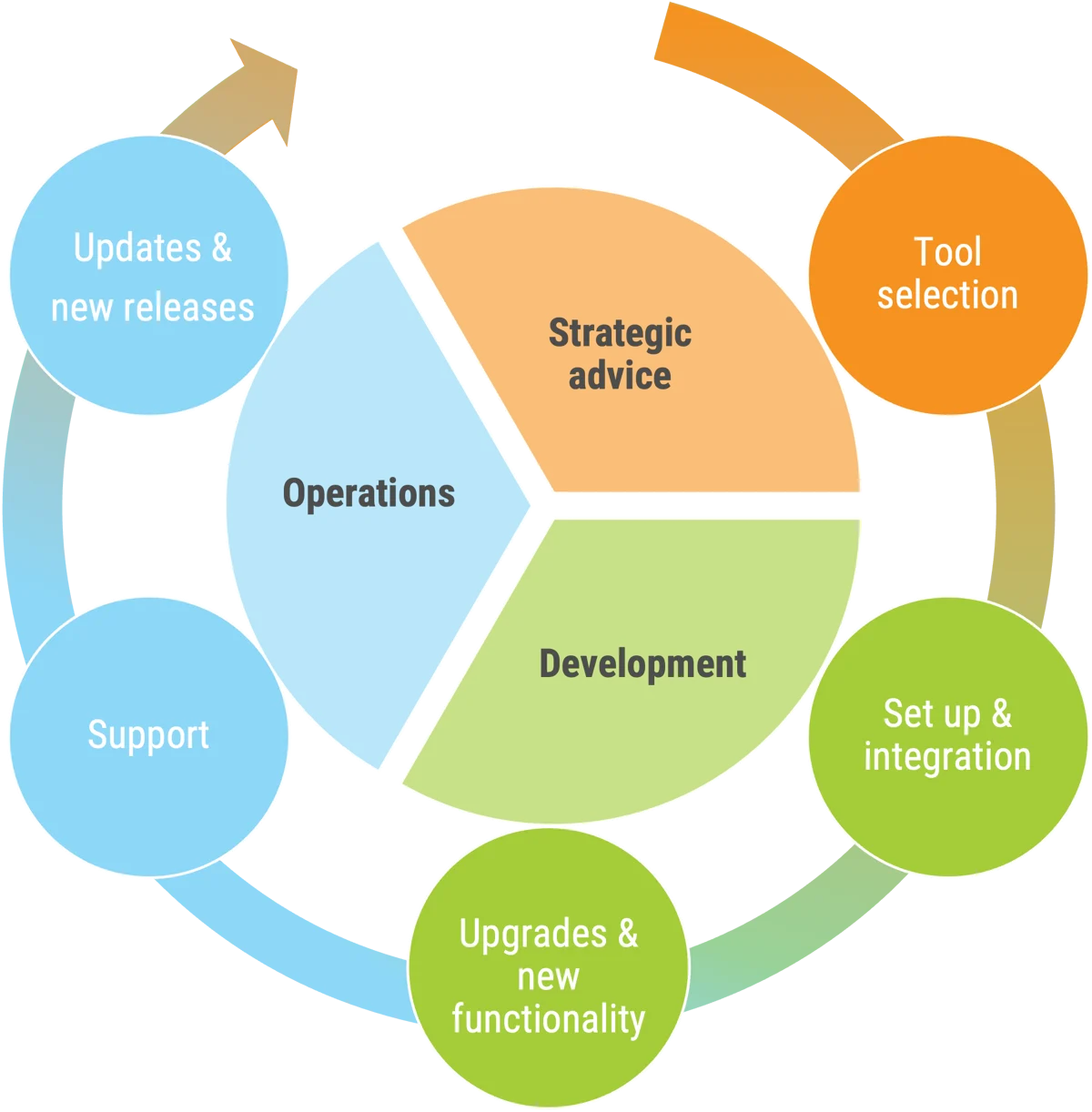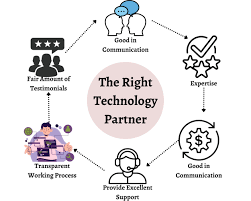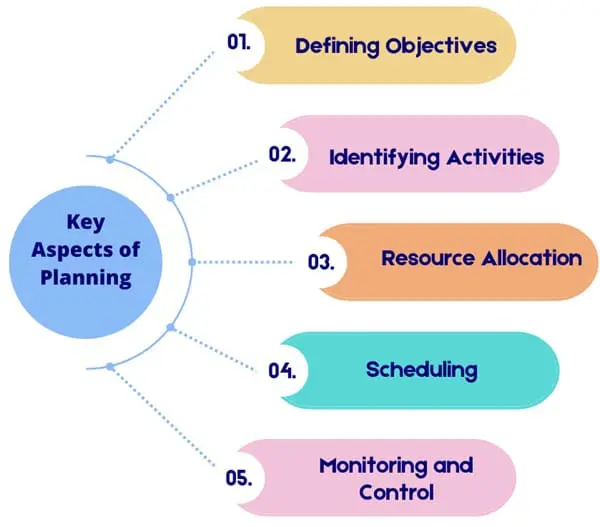Microsoft Dynamics 365 Commerce is more than just another retail management solution—it’s an intelligent, unified, and adaptive platform that helps businesses offer seamless, personalized, and connected commerce experiences. From brick-and-mortar operations to eCommerce storefronts and call centers, Dynamics 365 Commerce delivers true omnichannel retail management.
In this article, we’ll walk you through the major benefits, potential drawbacks, use cases, and real-world reviews of Dynamics 365 Commerce. We’ll also address the common questions people ask, feature expert insights.
🔗 Looking for a full overview of Dynamics 365? Check Microsoft Dynamics 365.
What Is Microsoft Dynamics 365 Commerce?
Dynamics 365 Commerce is part of Microsoft’s larger Dynamics 365 ecosystem and offers end-to-end retail functionality. Whether you’re operating in fashion, electronics, food retail, or B2B, this solution offers:
- Unified commerce across physical and digital channels
- AI-powered customer insights
- Scalable product and pricing catalogs
- Real-time inventory management
- Personalized customer engagement
- Centralized operations and reporting
This platform is designed to integrate with other Microsoft tools like Power BI, Teams, Azure, and especially Dynamics 365 Customer Insights and Supply Chain Management for a truly connected retail experience.
Key Features of Dynamics 365 Commerce
- Unified Commerce Engine
- Manage physical, digital, and call center channels from one platform.
- Real-time customer and product data synchronization.
- Manage physical, digital, and call center channels from one platform.
- Integrated AI & Analytics
- Uses Azure AI for intelligent recommendations and insights.
- Tracks KPIs like conversion rate, average order value, and churn risk.
- Uses Azure AI for intelligent recommendations and insights.
- Personalized Customer Journeys
- Supports loyalty programs, targeted promotions, and segmented marketing.
- Integrates with Dynamics 365 Customer Insights for full personalization.
- Supports loyalty programs, targeted promotions, and segmented marketing.
- Omnichannel Order Management
- Buy online, pick up in-store (BOPIS), ship-from-store, or curbside delivery.
- Full visibility across inventory and fulfillment centers.
- Buy online, pick up in-store (BOPIS), ship-from-store, or curbside delivery.
- Robust Content Management System (CMS)
- Build engaging websites using built-in templates or custom designs.
- Update storefront content without developer help.
- Build engaging websites using built-in templates or custom designs.
“People Are Always Asking…”
- Is Dynamics 365 Commerce only for large businesses?
No, it’s scalable. Small to mid-sized businesses can start with core modules and grow over time. - Can it replace my current POS and ERP systems?
Yes, it offers built-in POS, inventory, and financial capabilities or integrates with existing systems. - How customizable is the eCommerce part?
Very. Its headless architecture lets developers build custom front ends while relying on Microsoft’s backend services.
Expert Insight from Tamer Badr, Owner of Singleclic
“Dynamics 365 Commerce is a game-changer for modern retailers. We’ve implemented it for clients needing everything from simple B2C e-stores to complex B2B setups with real-time pricing and contract-based ordering. It’s flexible, powerful, and above all—adaptable to the way you want to run your business.”
— Tamer Badr, Founder & CEO, Singleclic
Advantages of Dynamics 365 Commerce
Here are the standout benefits of adopting this platform:
- ✅ Seamless Integration with Microsoft 365, Teams, and Azure tools.
- ✅ Global Reach with multilingual, multicurrency, and localization support.
- ✅ Improved Customer Retention through smart loyalty and engagement features.
- ✅ Future-Proof Scalability, thanks to cloud architecture and modular licensing.
- ✅ Data-Driven Decisions powered by Power BI and Customer Insights.
Potential Drawbacks to Consider
While Dynamics 365 Commerce is powerful, it’s not without its downsides:
- ❌ Cost: Licensing and implementation can be expensive for startups or small retailers.
- ❌ Complexity: Requires expert configuration to take full advantage of features.
- ❌ Customization Overhead: While flexible, customization can slow time-to-deployment without experienced partners.
Tip: Work with certified partners like Singleclic to mitigate these challenges through guided onboarding and implementation plans.
Customer Reviews & Real-World Use
🟢 “We used to juggle three different systems—POS, inventory, and eCommerce. Now it’s all in one place, and our sales team is thrilled with how fast they can respond to customer inquiries.” – Retail Manager, UAE-based electronics chain.
🟡 “The learning curve is steep, especially for non-tech staff. But the results are worth it once everyone is onboard.” – Digital Transformation Lead, international fashion retailer.
🟢 “Our B2B portal is now 3x faster, and our sales reps can generate custom pricing offers on the fly.” – CTO, wholesale food distributor.
Who Should Use Dynamics 365 Commerce?
This platform is ideal for:
- Mid-sized to large retailers
- B2B and B2C companies with omnichannel goals
- Enterprises looking to integrate eCommerce with ERP, CRM, and supply chain systems
- Businesses expanding into international markets
Use Case Scenarios
- Fashion Retail: Unified inventory across stores and online, integrated loyalty programs.
- Electronics Retail: Personalized bundles, warranty tracking, and AI recommendations.
- Wholesale Distributors: Contract pricing, account-specific catalogs, and sales rep portals.
Frequently Asked Questions (FAQ)
Is Dynamics 365 Commerce part of Microsoft 365?
No, it’s part of the Microsoft Dynamics 365 suite, which is separate from Office 365. However, it integrates seamlessly.
Can I use it with Shopify or Magento?
Not directly. Microsoft expects you to use their native CMS or APIs for custom eCommerce experiences, although integrations are possible via middleware.
Does it support mobile POS?
Yes. It offers cloud-based, mobile-optimized POS apps that run on Windows and Android devices.
How long does implementation take?
Typical projects range from 3–6 months, depending on scale and customization.
Getting Started: What You Need
If you’re considering Dynamics 365 Commerce, here’s a checklist to get you started:
- Define your sales and channel strategy (online, in-store, call center).
- Identify current pain points in your retail tech stack.
- Set a budget for implementation and support.
- Choose a Microsoft-certified partner (like Singleclic).
- Plan training for your team.
Final Thoughts: Is It Worth It?
If you’re looking for an all-in-one solution that unifies your sales, marketing, fulfillment, and customer service under one intelligent retail platform—yes, Dynamics 365 Commerce is absolutely worth considering.
It’s a long-term investment in agility, personalization, and global retail operations, especially if you’re already within the Microsoft ecosystem.







